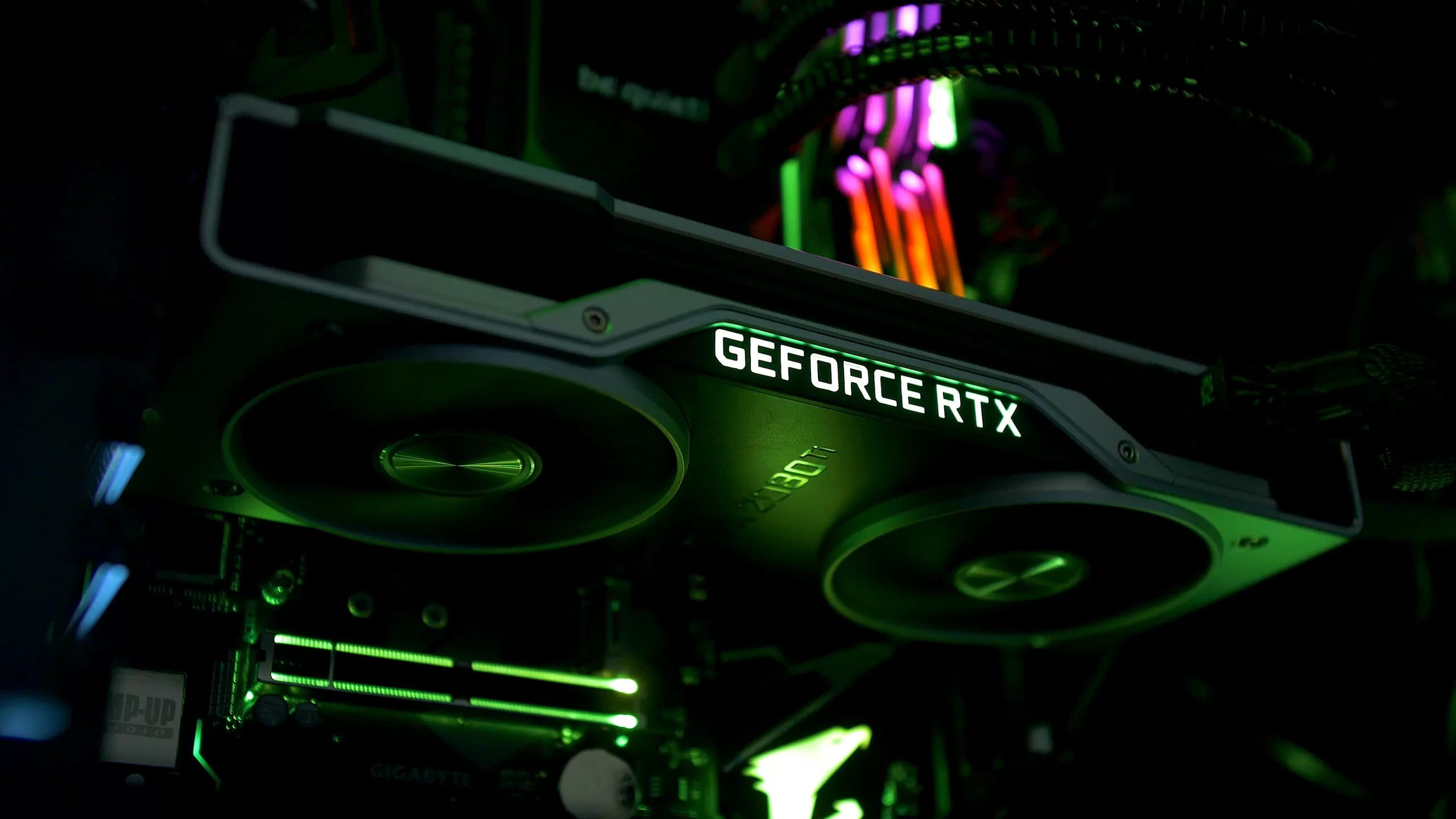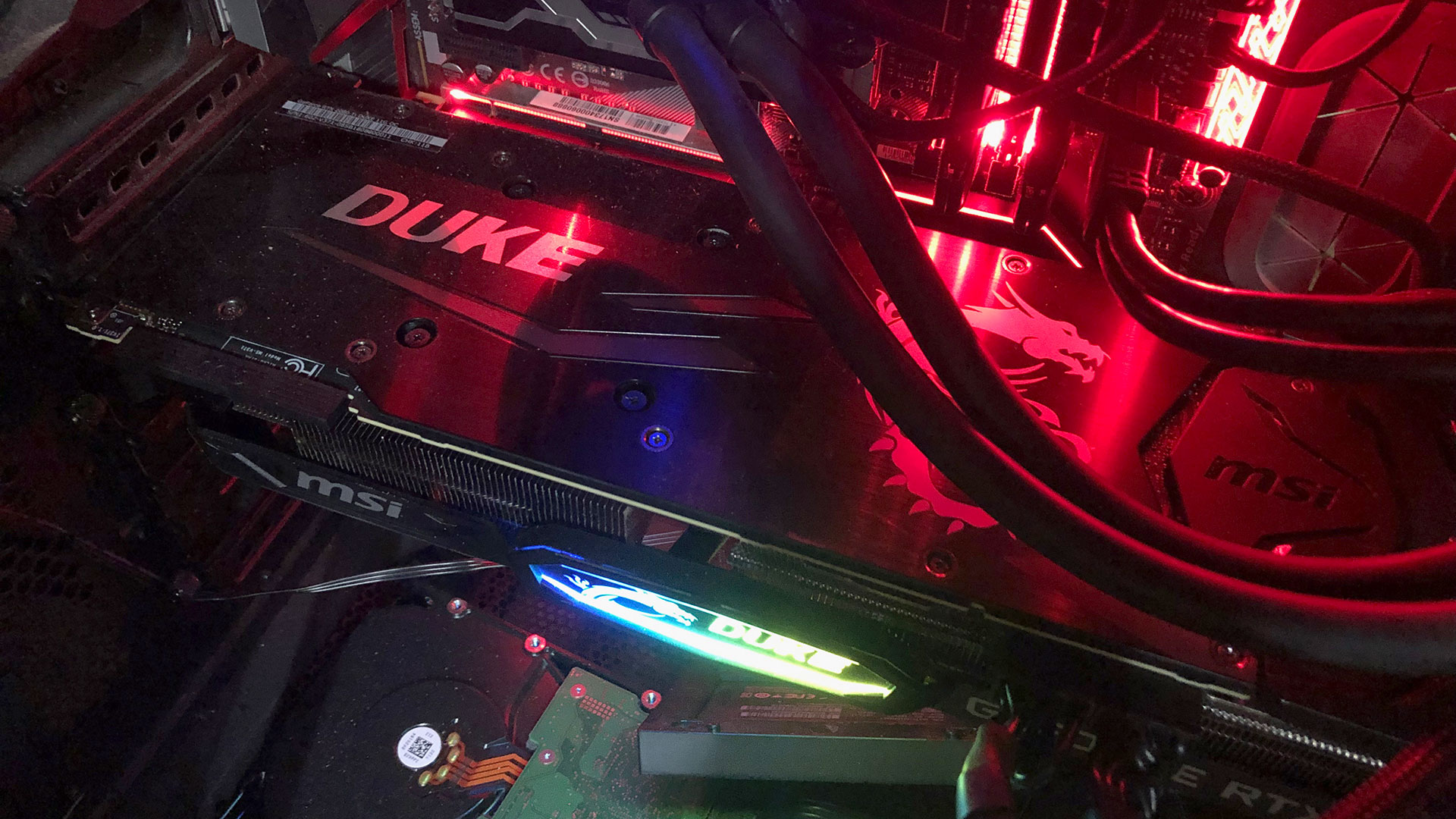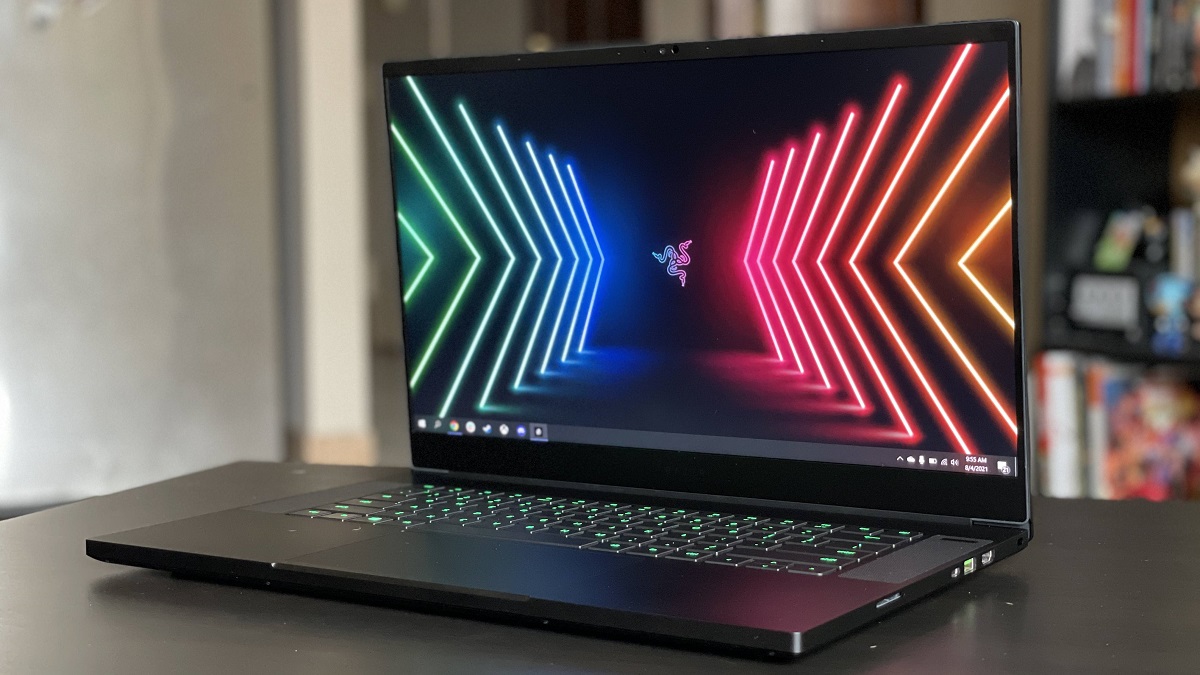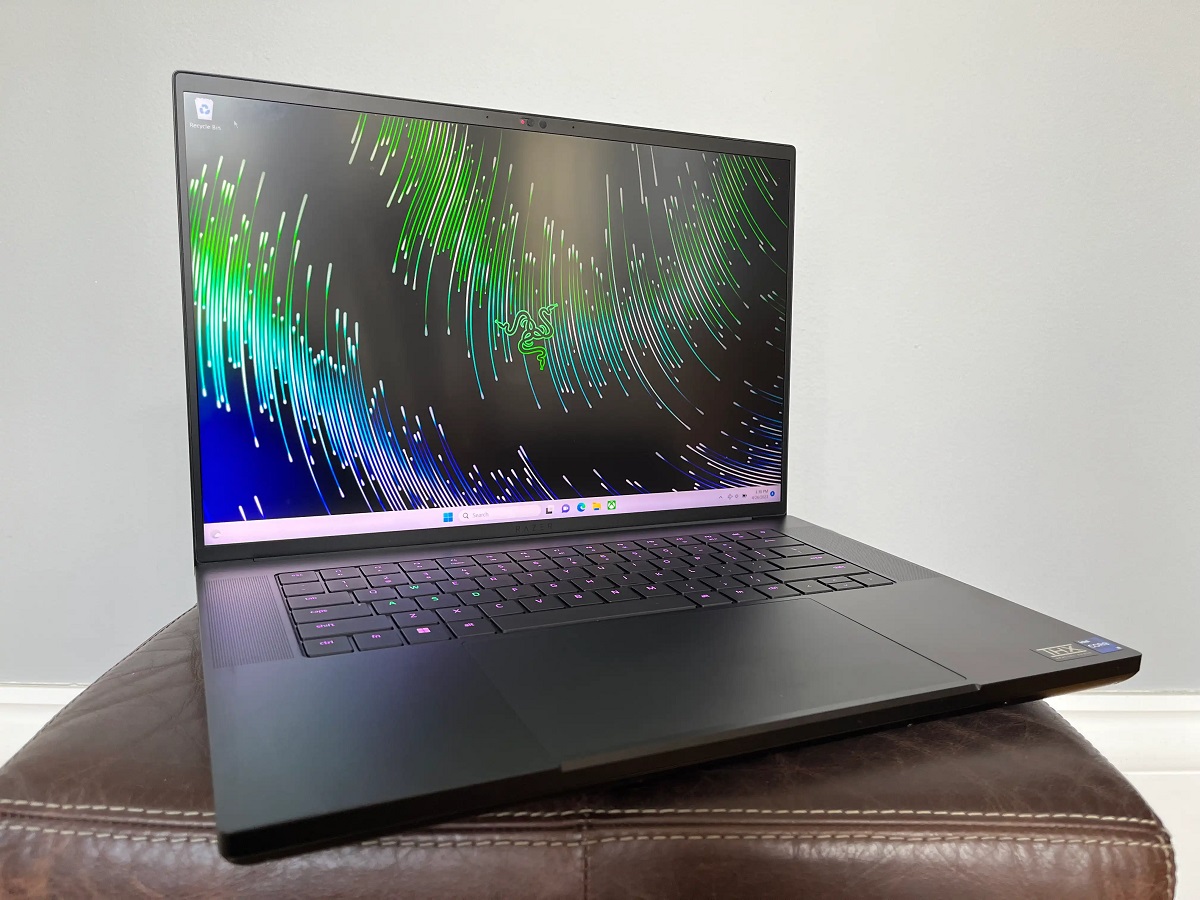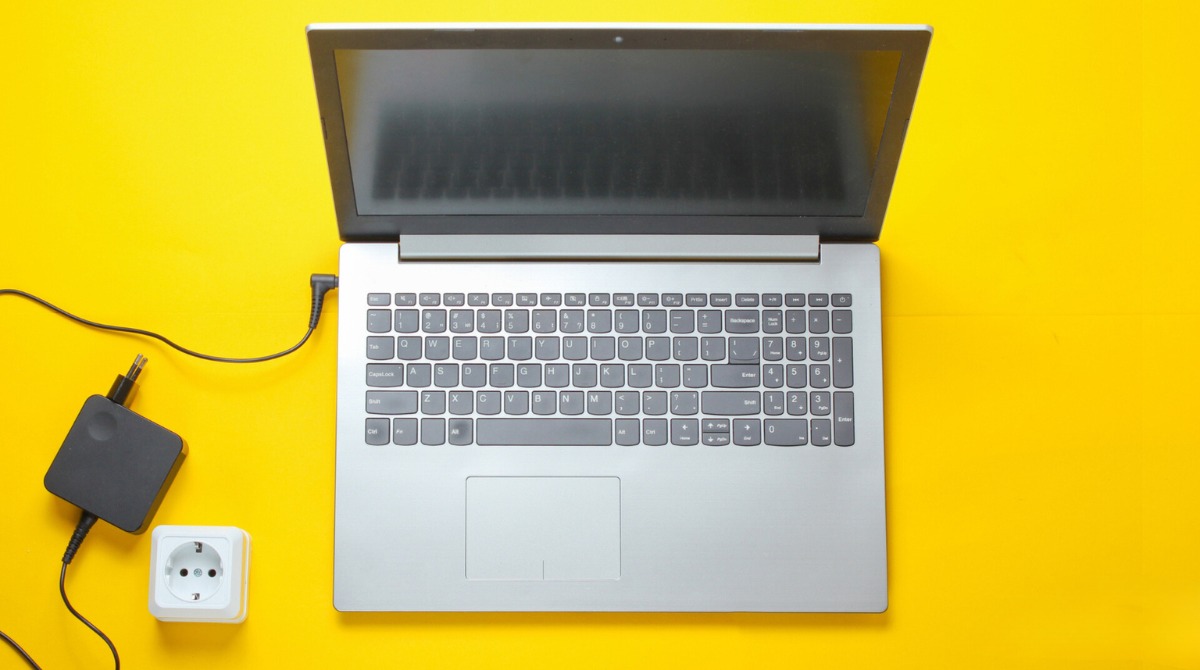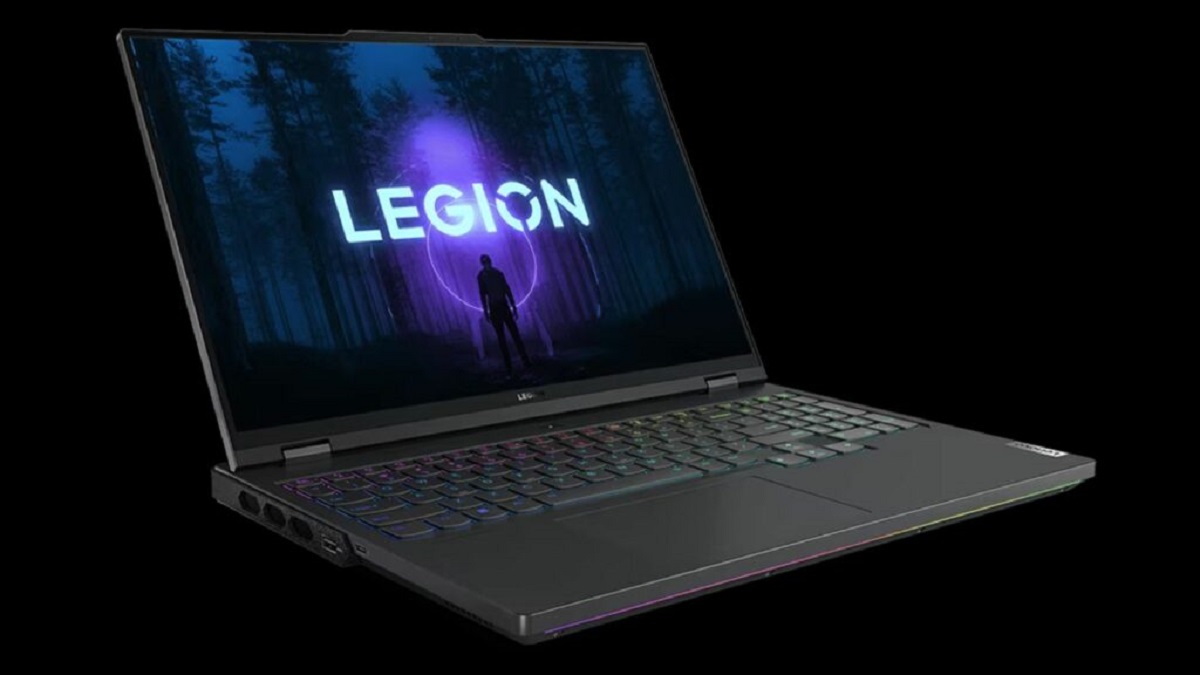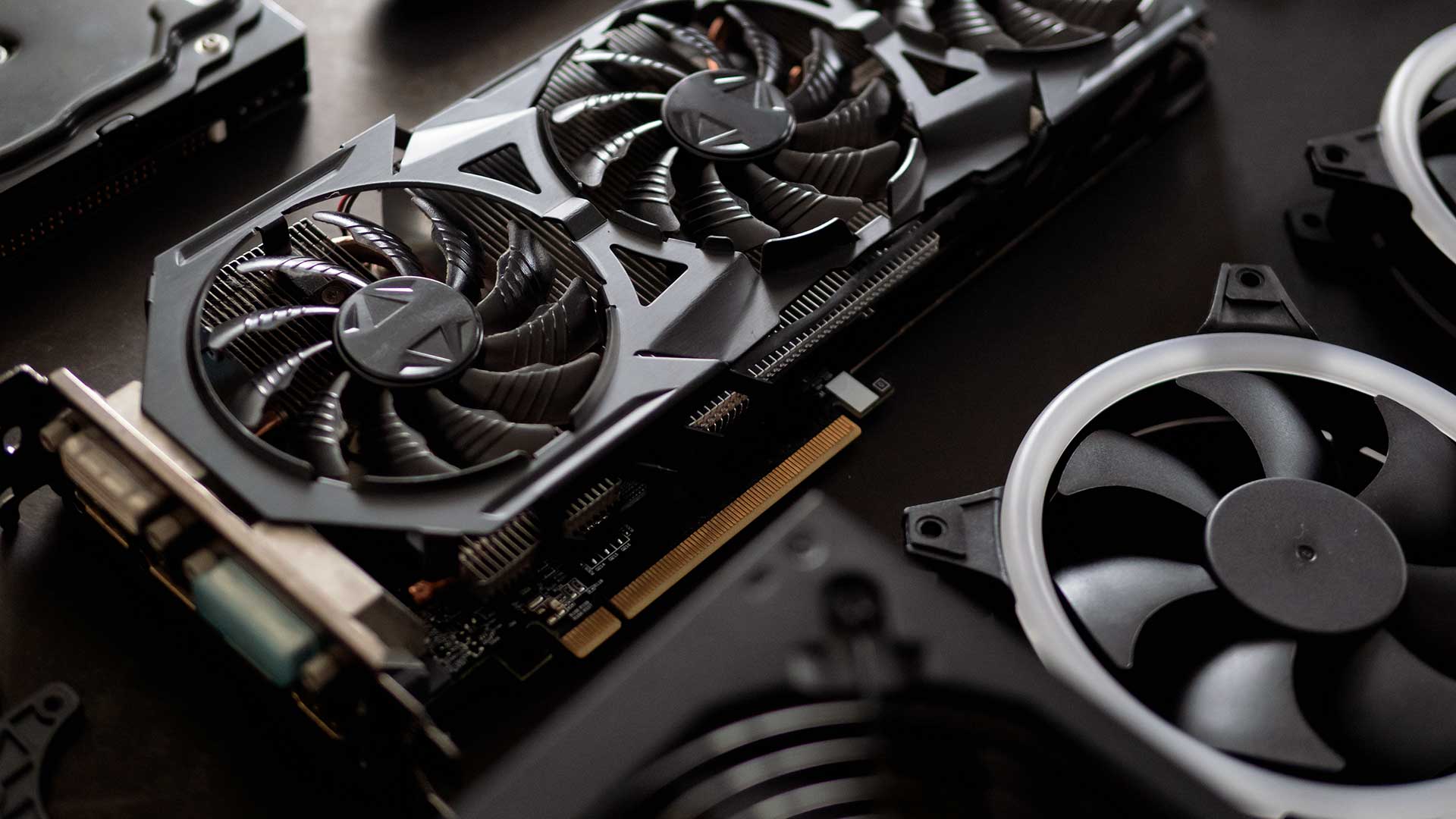Introduction
Welcome to the world of graphics cards! Whether you’re a seasoned gamer or a professional graphic designer, you understand the importance of having a powerful graphics card to handle the heavy workload. But have you ever wondered how hot your graphics card should get? Understanding the optimal temperature range for your graphics card is essential for ensuring its longevity and performance.
A graphics card is responsible for processing and rendering visual data for your computer, including games, videos, and 3D graphics. As it performs these demanding tasks, it generates heat as a byproduct. While some level of heat is expected, excessive temperatures can pose a risk to the graphics card’s components and overall performance.
So, what is the ideal temperature for a graphics card? Well, it depends on several factors, such as the type of graphics card, its cooling system, and the specific manufacturer’s recommendations. In this article, we will dive deeper into understanding temperature thresholds, the impact of temperature on performance, factors that affect graphics card temperature, and essential tips for monitoring and managing your graphics card’s temperature.
By the end of this article, you’ll have a better understanding of how to keep your graphics card running at optimal temperatures, enhancing its performance and ensuring its longevity. So let’s jump right in and explore the fascinating world of graphics card temperatures!
What is the ideal temperature for a graphics card?
When it comes to the ideal temperature for a graphics card, there is no strict one-size-fits-all answer. Different graphics cards have different temperature thresholds, and what may be considered normal for one card could be too high for another. It’s crucial to refer to the manufacturer’s specifications and guidelines for your specific graphics card model.
However, as a general rule of thumb, most graphics cards operate within a temperature range of 60 to 85 degrees Celsius (140 to 185 degrees Fahrenheit) under heavy load. Staying within this range ensures that the card is operating efficiently without risking overheating or damage to its components.
That being said, it’s important to note that graphics cards can handle higher temperatures for short periods during intense gaming or rendering sessions. Modern graphics cards are equipped with thermal protection mechanisms, such as thermal throttling, which reduces the card’s performance to lower the temperature when it reaches critical levels.
While the upper limit of the temperature range may vary, it’s essential to monitor your graphics card’s temperature and keep it within a reasonable range to maintain optimal performance and prevent potential issues in the long run.
It’s worth mentioning that idle temperatures, which refer to the temperature when the card is not under heavy load, are generally lower than those under full load. Idle temperatures ranging from 30 to 50 degrees Celsius (86 to 122 degrees Fahrenheit) are considered normal.
Keep in mind that these temperature ranges are not set in stone, and the specific thresholds can vary depending on the graphics card model, cooling system, and other environmental factors. Therefore, consult your graphics card’s documentation for accurate temperature recommendations.
Now that we’ve discussed the ideal temperature range for a graphics card, let’s explore the importance of understanding temperature thresholds and their impact on performance.
Understanding temperature thresholds
Temperature thresholds play a crucial role in determining the performance and lifespan of your graphics card. Every graphics card has specific limits beyond which it can suffer from thermal throttling, performance degradation, or even permanent damage. Understanding these thresholds is essential for effectively managing and maintaining your graphics card’s temperature.
One of the primary temperature thresholds to be aware of is the maximum operating temperature. This refers to the highest temperature at which the graphics card is designed to function reliably under heavy load. Exceeding this temperature for prolonged periods can lead to instability, crashes, and even permanent damage.
In addition to the maximum operating temperature, graphics cards also have a critical temperature threshold. This is the point at which the card will automatically shut down to prevent damage due to excessive heat. It’s a safety measure put in place to protect the card from operating beyond its safe limits.
It’s worth noting that reaching the critical temperature threshold is a sign of severe heating issues and should be avoided at all costs. Continued operation at such high temperatures can not only cause immediate damage but also shorten the overall lifespan of the graphics card.
Furthermore, another important concept to understand is thermal throttling. When a graphics card reaches its maximum operating temperature, the card’s performance may be automatically reduced to lower the temperature. This can result in decreased frame rates, stuttering, and overall diminished performance. Thermal throttling is the card’s built-in mechanism to protect itself from overheating, but it comes at the cost of compromised performance.
To ensure optimal performance and prevent potential damage, it’s crucial to monitor and manage your graphics card’s temperature to keep it within safe thresholds. In the next section, we will explore the various factors that can affect the temperature of your graphics card.
The impact of temperature on performance
The temperature of your graphics card can have a significant impact on its overall performance. As the temperature increases, several performance-related issues may arise, affecting the card’s ability to deliver optimal results.
One of the primary effects of high temperatures is thermal throttling, as mentioned earlier. When the temperature exceeds the maximum operating limit, the graphics card will automatically reduce its clock speeds and voltage to lower the heat output. This can result in decreased performance, lower frame rates, and overall sluggishness in graphics-intensive tasks.
In addition to thermal throttling, high temperatures can cause instability, leading to system crashes and freezes. The increased heat puts stress on the components of the graphics card, including the GPU, VRAM, and power delivery systems. Over time, these components may become more prone to failure, causing system instability and frequent crashes.
Furthermore, temperature can also affect the lifespan of your graphics card. Consistently operating the card at high temperatures can shorten its overall longevity. The excessive heat causes wear and tear on the components, leading to potential hardware failure in the long run. By maintaining optimal temperatures, you can extend the lifespan of your graphics card and avoid the need for premature replacements.
It’s important to note that the impact of temperature on performance may vary depending on the specific graphics card model, workload, and environmental factors. Some graphics cards may be more resilient to heat and handle high temperatures better than others. However, it’s always recommended to keep your graphics card within the manufacturer’s specified temperature ranges to ensure optimal performance and longevity.
Now that we understand the impact of temperature on performance, let’s explore the various factors that can affect the temperature of your graphics card in the next section.
Factors affecting graphics card temperature
Several factors can contribute to the temperature of your graphics card. Understanding these factors is crucial for effectively managing and controlling the temperature to ensure optimal performance.
1. GPU workload: The intensity of the graphics processing unit’s workload directly affects the temperature of the card. Running graphically demanding applications, such as high-end games or 3D rendering, puts more strain on the GPU and generates additional heat.
2. Ambient temperature: The temperature of the environment in which your computer operates can have a direct impact on your graphics card’s temperature. If the ambient temperature is high, it can increase the overall temperature inside your computer case, affecting the graphics card’s performance and temperature.
3. Cooling system: The efficiency and effectiveness of the cooling system on your graphics card play a vital role in managing temperature. Graphics cards come with various cooling solutions, such as fans, heatsinks, and liquid cooling systems. The quality and design of these cooling systems can impact the card’s ability to dissipate heat effectively.
4. Dust and debris: Accumulated dust and debris can hinder the cooling performance of your graphics card. Over time, dust can clog the heatsinks and block airflow, leading to increased temperatures. Regularly cleaning your graphics card and ensuring proper airflow can help maintain optimal temperatures.
5. Overclocking: Overclocking, which involves increasing the clock speeds and voltages of the graphics card, can significantly impact its temperature. Higher clock speeds generate more heat, and inadequate cooling can lead to extremely high temperatures and potential damage.
6. Cable management: Proper cable management inside your computer case can improve airflow, preventing heat buildup around the graphics card. Ensuring cables are neatly routed and not obstructing the airflow can contribute to better temperature management.
Understanding these factors can help you identify the potential causes of high temperatures and take appropriate measures to mitigate them. In the next section, we will explore tips on how to effectively monitor and manage your graphics card’s temperature.
How to monitor and manage graphics card temperature
Monitoring and managing your graphics card’s temperature is essential for optimizing performance and preventing overheating. Here are some useful tips to help you effectively monitor and manage the temperature of your graphics card:
1. Use monitoring tools: There are several software applications available that allow you to monitor the temperature of your graphics card in real-time. These tools provide valuable information about temperature, fan speed, and other relevant data. Some popular monitoring software includes MSI Afterburner, GPU-Z, and HWMonitor.
2. Set up a fan curve: Most modern graphics cards come with fan control options that allow you to customize the fan speed based on the temperature. Setting up a fan curve ensures that the fans spin faster as the temperature rises, effectively cooling the graphics card during heavy workloads.
3. Improve airflow: Ensuring proper airflow within your computer case is crucial for temperature management. Make sure there is good ventilation, clean dust filters, and remove any obstructions that may block the airflow around the graphics card. Consider adding case fans or upgrading your cooling system if necessary.
4. Monitor ambient temperature: Keep an eye on the ambient temperature in the room where your computer is located. If the room temperature is consistently high, consider using air conditioning or improving ventilation to keep the ambient temperature within a reasonable range.
5. Avoid overclocking beyond safe limits: While overclocking your graphics card can provide performance benefits, it also increases heat output. Ensure that you have proper cooling solutions in place before overclocking and monitor the temperature closely to avoid overheating. Stick to conservative overclocking settings to minimize the risk of damage.
6. Regularly clean your graphics card: Dust and debris can accumulate on the graphics card’s heatsinks and fans, hindering heat dissipation. Regularly clean your graphics card using compressed air or a soft brush to remove any dust buildup and maintain optimal cooling efficiency.
7. Consider additional cooling solutions: If you consistently experience high temperatures or overclock your graphics card frequently, you may benefit from investing in additional cooling solutions. This could include aftermarket cooling solutions, such as aftermarket GPU coolers or liquid cooling systems, to effectively manage the temperature.
By implementing these tips, you can effectively monitor and manage your graphics card’s temperature, ensuring optimal performance and prolonging the lifespan of your hardware.
Now that we have explored various ways to monitor and manage your graphics card’s temperature, let’s move on to some additional tips for cooling your graphics card effectively in the next section.
Tips for cooling your graphics card
Keeping your graphics card cool is vital for maintaining optimal performance and preventing overheating. Here are some helpful tips to effectively cool your graphics card:
1. Clean and dust your graphics card: Regularly clean your graphics card to remove accumulated dust and debris that can hinder its cooling performance. Use compressed air or a soft brush to clean the heatsinks, fans, and other components of the card.
2. Improve airflow in your computer case: Ensure that your computer case has proper airflow by organizing cables, removing obstructions, and maintaining clean dust filters. Good airflow helps dissipate heat efficiently, keeping your graphics card cool.
3. Consider adding case fans: If your computer case lacks adequate ventilation, consider installing additional case fans to improve airflow. Place fans strategically to promote airflow over the graphics card and other components.
4. Upgrade your cooling system: If you consistently experience high temperatures, consider upgrading your cooling system. This could include installing an aftermarket GPU cooler or liquid cooling system to provide more efficient and effective cooling for your graphics card.
5. Monitor and adjust fan speeds: Utilize software tools that allow you to monitor and control your graphics card’s fan speeds. Adjust fan curves to increase fan speed as temperatures rise to ensure better cooling during heavy workloads.
6. Avoid blocking intake/exhaust vents: Ensure that intake and exhaust vents on your computer case are not blocked by objects or placed against a wall. Blocking these vents restricts airflow and hampers cooling efficiency.
7. Keep your computer in a cool environment: Try to keep your computer in a well-ventilated and cool room. If the ambient temperature is consistently high, consider using air conditioning or additional cooling methods to maintain a suitable environment for your hardware.
8. Avoid overclocking beyond safe limits: Overclocking your graphics card increases heat output. If you want to push your card beyond its default settings, ensure that you have proper cooling solutions in place and closely monitor temperatures to avoid overheating.
Following these tips will help you effectively cool your graphics card, reducing the risk of overheating and improving overall performance. Remember, a well-cooled graphics card not only performs better but also lasts longer.
Now, let’s wrap up our discussion on graphics card temperatures and the importance of effectively managing them.
Conclusion
Understanding and managing the temperature of your graphics card is essential for maintaining optimal performance and preventing potential damage. By adhering to recommended temperature ranges and implementing effective cooling strategies, you can ensure that your graphics card operates at its best.
We explored the ideal temperature range for a graphics card, which varies depending on the model and manufacturer’s specifications. It is crucial to refer to the documentation and guidelines provided by the graphics card manufacturer to determine the appropriate temperature range for your specific card.
We also discussed the impact of temperature on performance and the potential consequences of operating your graphics card at high temperatures. Excessive heat can lead to thermal throttling, instability, reduced performance, and even permanent damage to your hardware.
Factors such as GPU workload, ambient temperature, cooling system efficiency, dust accumulation, and overclocking can contribute to the temperature of your graphics card. By understanding these factors, you can take proactive measures to manage and control the temperature effectively.
We provided tips for monitoring and managing your graphics card’s temperature, including using monitoring tools, setting up fan curves, improving airflow, cleaning your graphics card, and considering additional cooling solutions. Implementing these tips will help you maintain optimal temperatures and prolong the lifespan of your graphics card.
In conclusion, maintaining the proper temperature for your graphics card is essential for ensuring its longevity and optimizing its performance. By staying within the recommended temperature ranges, monitoring temperature levels, and implementing effective cooling strategies, you can enjoy smooth and reliable performance from your graphics card for years to come.







